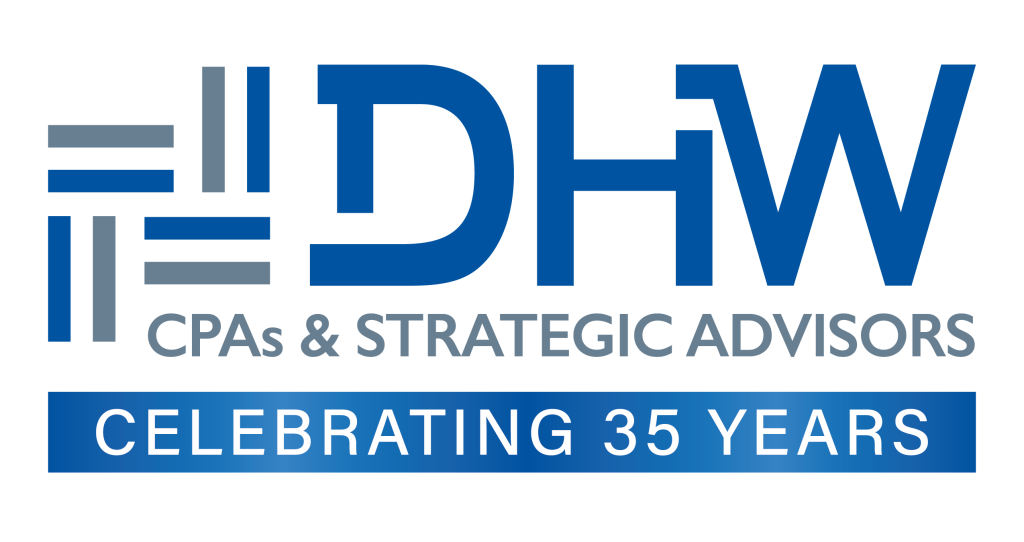Succession planning in complex family enterprises demands foresight, adaptability, and the ability to anticipate several moves ahead. By combining strategic vision with the flexibility to respond to unforeseen challenges, families can forge a clear path toward continued prosperity.
Why Proactive Succession Planning Matters
Every family office and business will eventually undergo a transition in ownership and leadership—it’s not a question of if, but when. Yet statistics show that only about 30% of family enterprises make it successfully into the second generation; a mere 12% survive to the third, and just 3% endure into the fourth generation. These figures underscore the consequences of delaying or under-preparing for succession.
A robust succession plan aligns decision-making, formalizes governance, and helps preserve unity by addressing two core components:
- Ownership & Control of the family wealth enterprise.
- Leadership & Management of the family office—and if applicable, the operating business itself.
This article focuses on best practices for transitioning leadership roles and management responsibilities to ensure your family’s long-term vision is realized.
The Three Pillars of a Leadership Succession Plan
A successful leadership transition must balance three intersecting “circles” of the family enterprise—the family, the ownership, and the business—and recognize that each operates on its own lifecycle and timeline. A detailed plan clarifies how and when those lifecycles intersect, ensuring that successors are ready when needed.
- People Considerations
- Essential Traits: Whether family-born or externally hired, every candidate should demonstrate humility, accountability, integrity, maturity, and diligence.
- Role-Specific Fit: Define clear job descriptions for each leadership position—family office CEO, board member, business unit head, etc., drawing on input from current role-holders to identify must-have skills and instincts (e.g., via assessments like the Kolbe A Index).
- Ongoing Evaluation: Tie regular performance reviews to development milestones and, where appropriate, compensation adjustments, with board oversight to keep transitions on track.
- Professional Considerations
- Industry Expertise: Successors in the operating business must pair deep product or service knowledge with vision and the ability to rally stakeholders around a shared strategy.
- Governance Framework: Establish clear controls, boundaries, and communication protocols among the family office, business, and family members. Embrace the “Three C’s” of governance—consensus, communication, and consistency—to maintain unity and facilitate informed decision-making.
- Confidence Building: Proactive planning signals stability, energizing both family participants and non-family executives. By contrast, ambiguity or last-minute appointments can undermine trust and performance.
- The Role of Non-Family Leaders
Even where ownership stays wholly within the family, outside advisors, long-tenured executives, or board members frequently offer critical perspective and mentorship. Their involvement can bridge generational gaps and guide successors through complex decisions.
Three Succession Scenarios and How to Navigate Them
Although each family’s circumstances are unique, most leadership transitions fall into one of three scenarios:
- The Prepared Successor: A family member has completed the necessary training and tenure.
- Key Actions: Communicate the plan widely to stakeholders, align compensation with market benchmarks, and consider forming an advisory board—perhaps including senior family members—to support the newcomer.
- The Interim Solution: A designated heir is not yet ready to assume full responsibility.
- Key Actions: Appoint an experienced non-family executive on a temporary basis, with a clear mandate to mentor the rising generation. Structure compensation (e.g., phantom stock) to align incentives without diluting equity, and establish a firm timeline for eventual handover.
- No Family Successor: No candidate within the family is positioned or interested in leading.
- Key Actions: Treat the search as you would any executive recruitment—define the role, vet for cultural fit and trustworthiness, and decide whether to retain family control via creative compensation structures (phantom equity, performance-linked bonuses). Evaluate options such as selling or bringing in private investors if long-term leadership by a non-family member is required.
Essential Steps to Get Started
- Develop a Clear, Flexible Strategy: Map out leadership roles, required competencies, and a high-level timeline—then build in contingencies for unexpected events (economic downturns, personal crises, regulatory shifts).
- Establish Contingency Plans: Identify interim leaders and external advisors, and define triggers for activating backup plans.
- Document Successor Requirements: For each role, outline personality traits, professional experience, responsibilities, and compensation structures to ensure smooth, transparent transitions.
How DHW Can Help
Our team specializes in guiding families through every phase of succession planning—from governance design to talent assessment and compensation structuring. We combine deep technical knowledge with a personalized, family-centered approach to safeguard your legacy and position your enterprise for sustained success.
Contact us today to explore how we can partner with you in planning and executing a seamless leadership transition.

